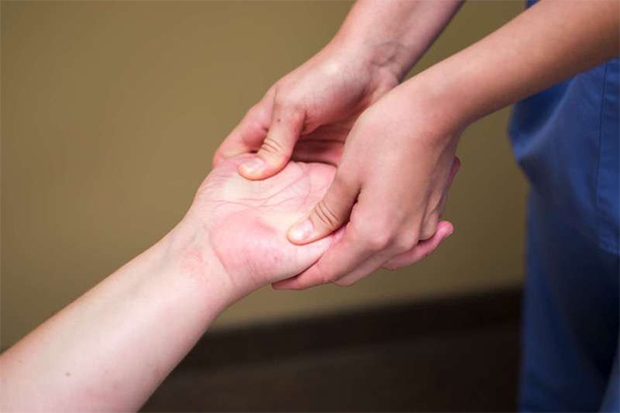|
Winter brings with it a plethora of ailments and uncomfortable side
effects. Perhaps one of the most irritating for some is the joint pain
we experience in the colder months. There are a multitude of theories on
the table for why this is so. In addition to the reduced sunlight—that
means less vitamin D—doctors agree that our body naturally restricts
blood flow peripherally to keep our torso, and the areas adjourning our
heart, warmer. Hence, the joints get colder and more inflexible.
Consequent to the drop in pressure, our tissues around the joints,
particularly those around the knee, swell up and give rise to
inflammation and pain.
Despite all of this, there are a number of quick-fixes you can try at
home to alleviate this discomfort.
|
|
Regular Exercise in the Winters is a Must
This is so very important, because exercise stimulates the blood flow
around the joints, in particular the knees, and so knocks out the
stiffness. Go for low impact sports, like cycling or swimming in an
indoor pool. You want to avoid running on hard surfaces, this would only
jar your knees and result in more pain. If you’re a member at a gym, opt
for the elliptical over the treadmill for the same reason. |
|
 |
|
Make Sure You’re Getting the Right Nutrients at
Home
Your winter diet should be rich in Calcium, as well as Vitamins K, D and
C. Consider a meal plan rich in fish, citrus fruits, milk, cabbage and
spinach would be a safe bet. These essential vitamins and minerals help
keep your bones healthy and cartilage strong. An alternative for Vitamin
D is spending more time in the sun, thereby facilitating your body’s
natural Vitamin D producing factory. We said fish, because the
omega-3-fatty acids they contain are anti-inflammatory. Chia seeds
accomplish the same. |
|

|
|
Take Warm Baths with Epsom Salt
Another age-old home remedy is taking warm baths with Epsom salt. Add
two cups of this wonder-product and let it just soak into your body.
You’ll find that the magnesium and sulfates get absorbed quickly, and
provide immediate relief. These minerals are also ant-inflammatory. It’s
a bit of a luxury, but it’s worth it. And besides, who doesn’t like a
hot, steaming bath on a cold, wintery day! |
|

|
|
Massage to Relieve Joint Pain
Don’t rule massage therapy from a professional masseuse. It can work
wonders and calming down the swelling and providing relief. |
|
 |
|
Make Full Use of Hot and Cold Ice Packs
For maximum efficacy, use the hot pack for about the 15-20 minutes. The
heat increases the blood flow to the affected area, and with the blood
comes your body’s natural anti-inflammatory mediators and pain killers.
Immediate after the cold pack, follow up with cold pack for the same
amount of time. Ice has been proven by physicians to slow down the
swelling and numb the pain.
|
|
 |